Contact us today to learn more about our Baby Teeth Care or to schedule an appointment. Let us help your child achieve a healthy, beautiful smile in the most comfortable way possible.
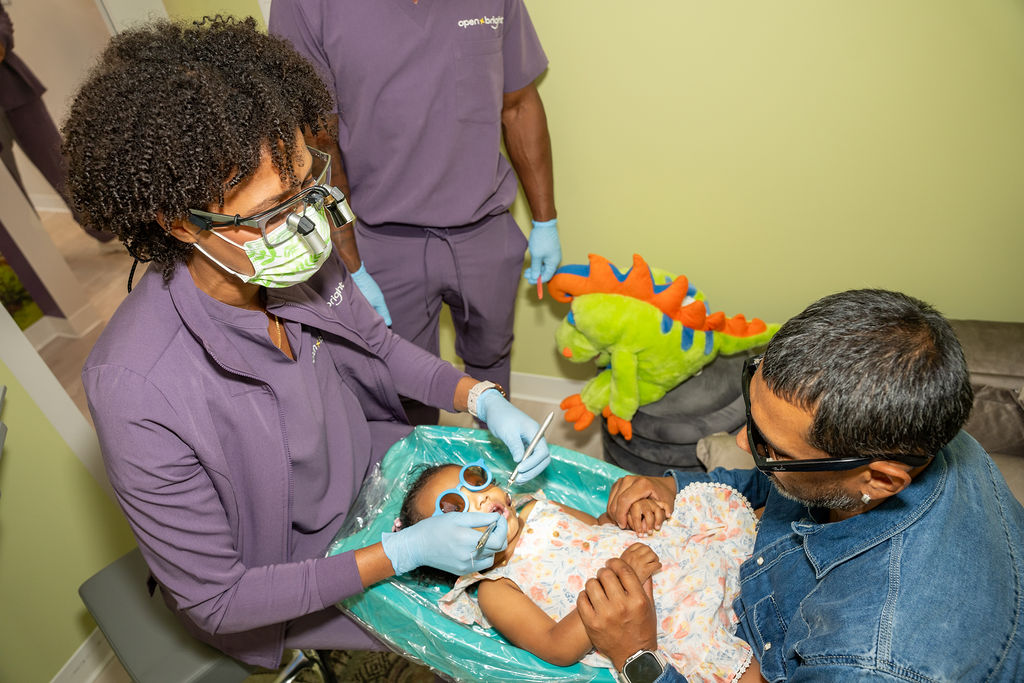
As a parent, you want the best for your baby—from their first steps to their first words, every milestone matters. But what about their first teeth? Those tiny pearly whites may seem small, but they play a big role in your child’s overall health and development. At first, it may seem overwhelming. How do you know when to start brushing? What if your baby resists?
Don’t worry—you’re not alone. At Open Bright Pediatric Dentistry, we are here to simplify baby teeth care and provide the support you need to ensure your little ones’ teeth are on track from day one.

Most babies start getting their teeth between 6 and 12 months old, but the timeline can vary widely. Some babies may not have their first tooth by their first birthday.
Around 3 months of age, babies often explore their world with their mouths, producing more saliva and putting their hands in their mouths. While this behavior might seem like teething, most first teeth—typically the lower front teeth (central incisors)—don’t appear until around 6 months. By age 3, most children will have all their baby teeth.
Fluoride is a crucial mineral for strengthening tooth enamel and preventing decay. By 6 months old, you can introduce small amounts of water in a sippy or straw cup when starting your child on solid foods. If your tap water contains fluoride, it’s a great natural source, but many bottled waters lack fluoride. Speak to your pediatrician to confirm if your baby needs a supplement or if your local water supply is sufficient.
Teething can cause mild gum discomfort, drooling, and swelling where a tooth is erupting. To soothe your baby, try gently massaging their gums, offering a cold teething ring or a clean, frozen washcloth. You can also try having your baby bite into cold fruits like melon to provide relief and nutrition.
While teething may slightly raise your baby’s body temperature, it does not cause fevers over 100.4°F (38°C). High fevers indicate an illness or infection requiring medical attention. For severe discomfort, consult your pediatrician about using acetaminophen or, for babies older than 6 months, ibuprofen.
Stay away from teething tablets with belladonna, benzocaine gels, or homeopathic teething products, as they carry risks, and the FDA warns against using them. Similarly, amber teething necklaces can pose strangulation and choking hazards and have no proven benefits.
Begin brushing your baby’s teeth as soon as the first one appears. Use a dab of fluoride toothpaste about the size of a grain of rice about twice a day, especially before bedtime.
By age 3, increase the toothpaste to a pea-sized amount and teach your child to spit it out. Parents should continue supervising and assisting with brushing until around age 7 or 8 when children can effectively brush on their own.
During regular check-ups, your pediatrician may recommend a fluoride varnish. A pediatric dentist at Open Bright may apply a fluoride varnish to protect your child’s teeth from decay.
Schedule your baby’s first dental visit after their first tooth appears or by their first birthday. The American Academy of Pediatric Dentistry recommends children establish a dental home by age one. Dr. Laurie will monitor your child’s oral development and provide tips for keeping their teeth healthy.
Caring for your baby’s teeth is essential from the moment the first tooth emerges. Early dental care helps prevent decay, establishes good oral habits, and sets the foundation for a healthy smile. Here are some essential tips for caring for your infant’s baby teeth:
Even before your baby’s first tooth appears, clean the gums daily with a soft, damp washcloth or an infant gum massager. This removes bacteria and helps your baby get used to oral care routines.
As soon as the first tooth erupts, start brushing it twice daily with a soft, age-appropriate toothbrush. Use a smear of fluoride toothpaste and focus on reaching all surfaces of the tooth. Be especially diligent about brushing after the last feeding of the day.

Never put your baby to bed with a bottle, as this can lead to baby bottle tooth decay. Milk, formula, and juices contain sugars that can cling to teeth, promoting decay during the night.
When your baby starts teething, their gums may feel tender. You can ease discomfort by gently massaging their gums with a clean finger, a cold teething ring, or using a clean, frozen washcloth.
Take your baby to their first dental visit by their first birthday or within 6 months of their first tooth appearing. Regular dental check-ups are key to identifying potential issues early and learning how to maintain your baby’s oral health.
Make dental care a consistent part of your baby’s daily routine. Establishing habits early will help them transition smoothly into brushing and flossing independently as they grow older.
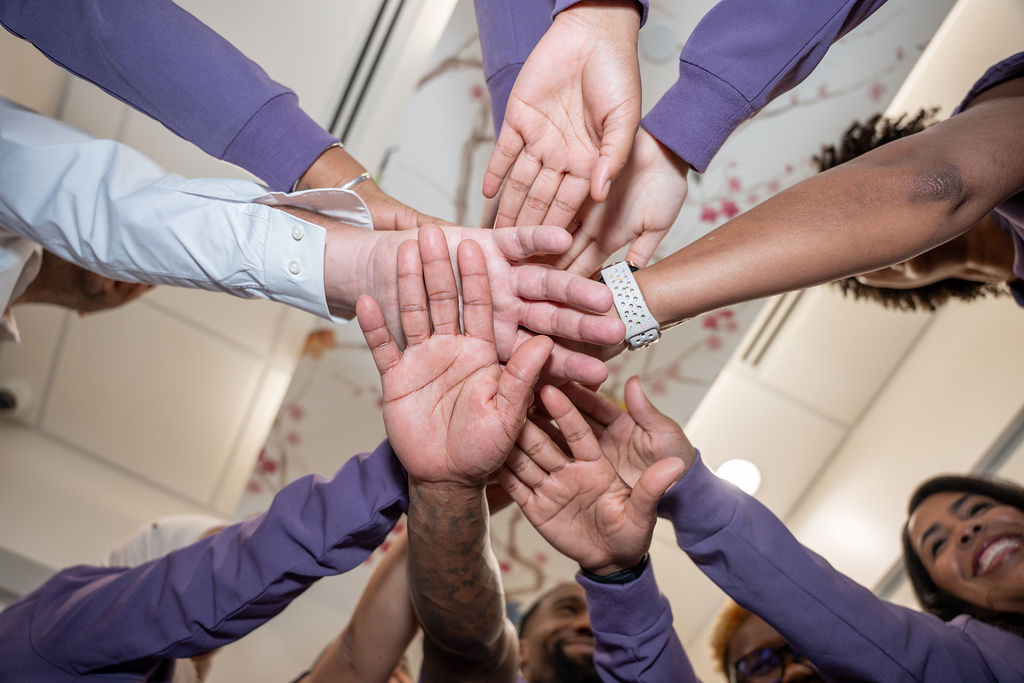
At Open Bright Pediatric Dentistry, we’re committed to giving your child a bright start with a lifetime of healthy smiles. From their first tooth to regular check-ups, we understand the importance of early dental care and provide a nurturing, child-friendly environment to ensure positive experiences at every visit. Our focus on preventive care, like fluoride treatments and education about proper oral hygiene, helps set the foundation for optimal oral health from the very beginning.
Whether you’re scheduling your baby’s first dental visit or need guidance on teething remedies, our Harlem pediatric dentist is here to support your child’s oral health journey. Contact us today at (347) 292-1757 or fill out our contact form to schedule an appointment.
Ideal for longer procedures and children with higher levels of anxiety, IV sedation is administered by a licensed anesthesiologist. This type of sedation allows children to sleep gently through their dental treatment, waking up with little memory of the procedure.





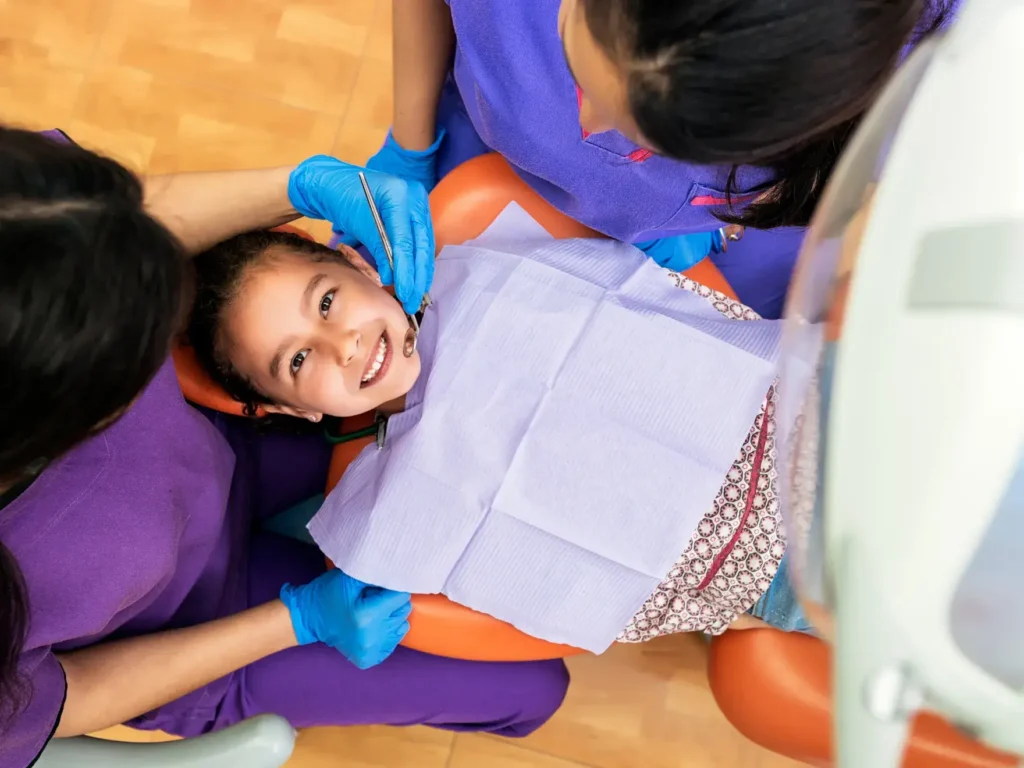
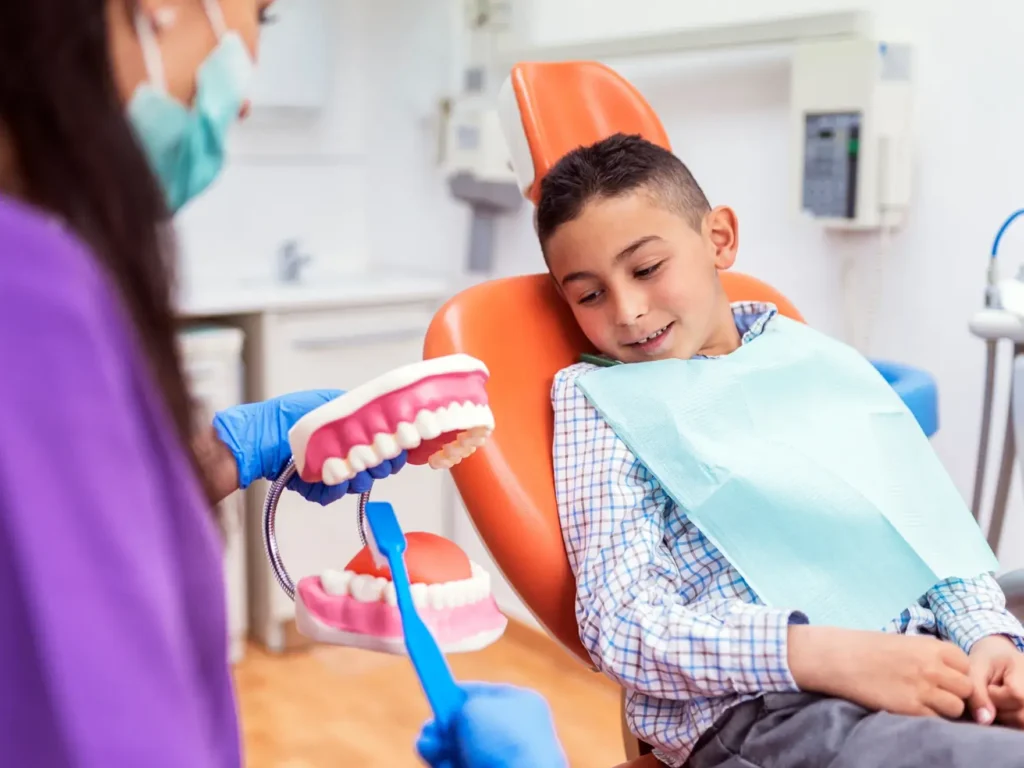
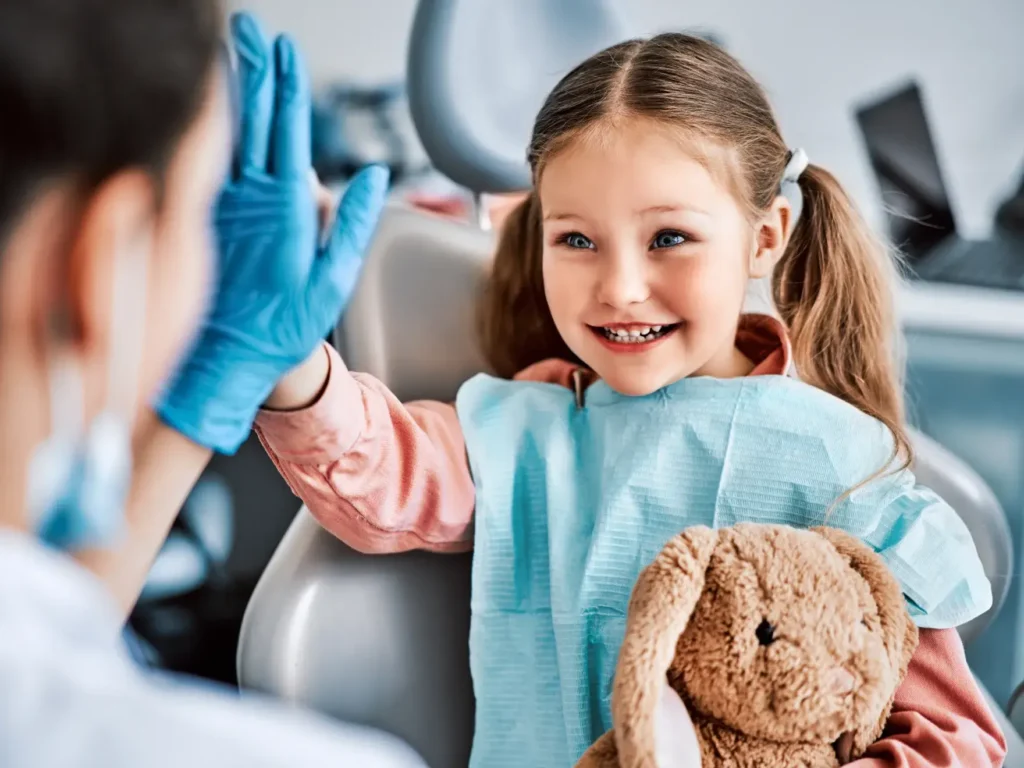
Dental sedation for children refers to the use of medication to help children relax during dental procedures. It’s often recommended for children who experience anxiety during dental visits, have special needs, or require extensive dental work, ensuring a comfortable and fear-free experience.
Yes, when administered by a trained and experienced pediatric dentist like Dr. Laurie Hyacinthe, dental sedation is safe for children. Our practice follows strict guidelines and protocols to monitor your child’s vitals and comfort throughout the procedure, ensuring their safety and well-being.
Our practice offers various sedation options tailored to meet the needs of each child, including:
Preparation for sedation dentistry may include following specific eating and drinking instructions before the procedure, discussing the process with your child in a calm and reassuring manner, and bringing a favorite toy or blanket for comfort. Our team will provide detailed pre-procedure instructions tailored to your child’s sedation plan.
Dental sedation can transform a potentially stressful or uncomfortable dental experience into a calm and positive one. It’s especially beneficial for children who have dental anxiety, difficulty sitting still for long periods, or require multiple procedures, allowing them to receive the dental care they need without fear or discomfort.
Not sure if we work with your dental plan? Fill out the form and we will check for you! For your convenience, we accept payments from most major PPO Insurance plans, including Delta Dental, Careington. Cigna, United Healthcare, Sunlife, MetLife, Aetna, Guardian, Anthem, BlueCross BlueShield, 32BJ, and more.
Open Bright is here to make your child smile.
Call (347) 292-1757 or schedule online to set up your visit.
We’ll be in touch soon.

© 2025 Open Bright Pediatric Dentistry P.C. All rights reserved.


We would be so grateful if you can leave us a review on your preferred platform. It would mean so much if we are able to share with potential clients so they can feel more confident choosing us.
We would be so grateful if you can leave us a review on your preferred platform. It would mean so much if we are able to share with potential clients so they can feel more confident choosing us.